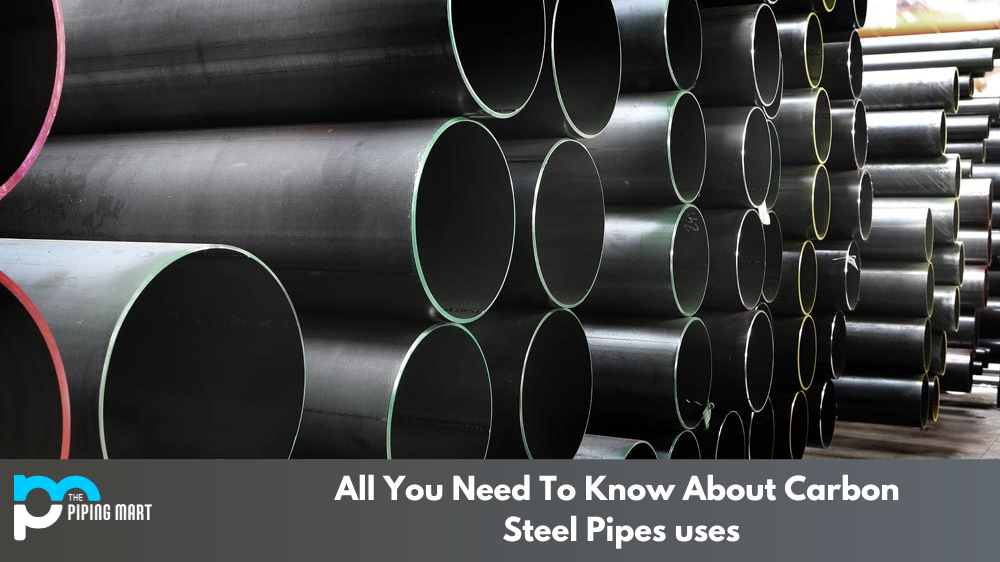Chromium steel and carbon steel may appear to be similar materials, but there are some distinct differences between them. Knowing the difference between chromium steel and carbon steel can help you make an informed decision when choosing a material for your next project. Let’s take a closer look at both materials to understand their unique properties.
Chromium Steel
Chromium steel is an alloy of iron and chromium, typically containing 10-30% chromium content by mass. This type of steel is highly corrosion resistant due to its high chromium content, making it ideal for applications that require excellent corrosion resistance, such as aircraft parts, surgical instruments, and marine components. It also has good wear resistance and strength, which makes it suitable for cutting tools, dies, and valves.
Carbon Steel
Carbon steel is an alloy of iron and carbon that contains up to 2% carbon by mass. Carbon steel is much cheaper than chromium steel due to its low cost of production, but it does not offer the same level of corrosion resistance as chromium steel or stainless steel. Carbon steel is strong enough for most applications, but it may not be suitable if you need superior wear resistance or excellent corrosion protection in harsh environments. It is commonly used in automotive parts, power plants, pipelines, construction components, bridges, buildings, industrial machines, etc.
Difference Between Chromium Steel and Carbon Steel
- Chromium steel is an alloy of steel that contains chromium.
- Carbon steel is a type of steel that contains carbon.
- Chromium steel is stronger and harder than carbon steel.
- Carbon steel is less brittle than chromium steel.
- Chromium steel is more corrosion-resistant than carbon steel.
- Carbon steel is less expensive than chromium steel
- Chromium steel is an alloy of steel that contains chromium. The addition of chromium to the steel increases its hardness, making it more resistant to wear and tear.
- Carbon steel is a type of steel that contains carbon. The addition of carbon to steel increases its strength and hardness.
- Chromium steel is more expensive than carbon steel.
- Carbon steel is more commonly used than chromium steel.
Conclusion:
Both chromium steel and carbon steel have their own unique advantages depending on the application they are being used in. While chromium steels provide superior corrosion resistance and strength that make them ideal for medical instruments or aircraft components, carbon steels are better suited for cost-sensitive applications such as automotive parts or structures that don’t need superior wear resistance or corrosion protection in harsh environments. Understanding the differences between these two materials will help you make the right choice for your next project.

Pipingmart is B2B portal specializes in industrial, metal and piping products. Also, share latest information and news related to products, materials and different types grades to help business dealing in this industry.




